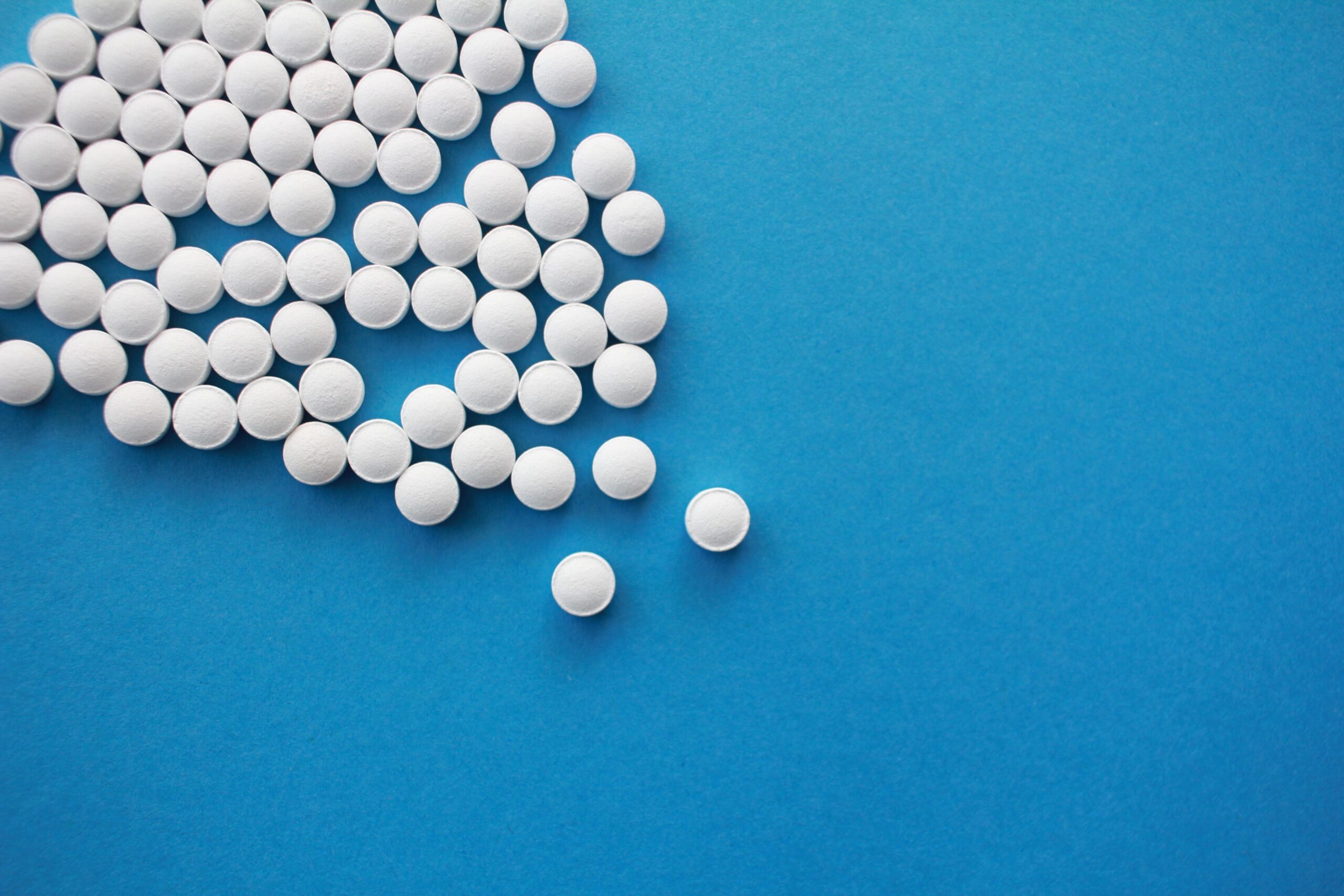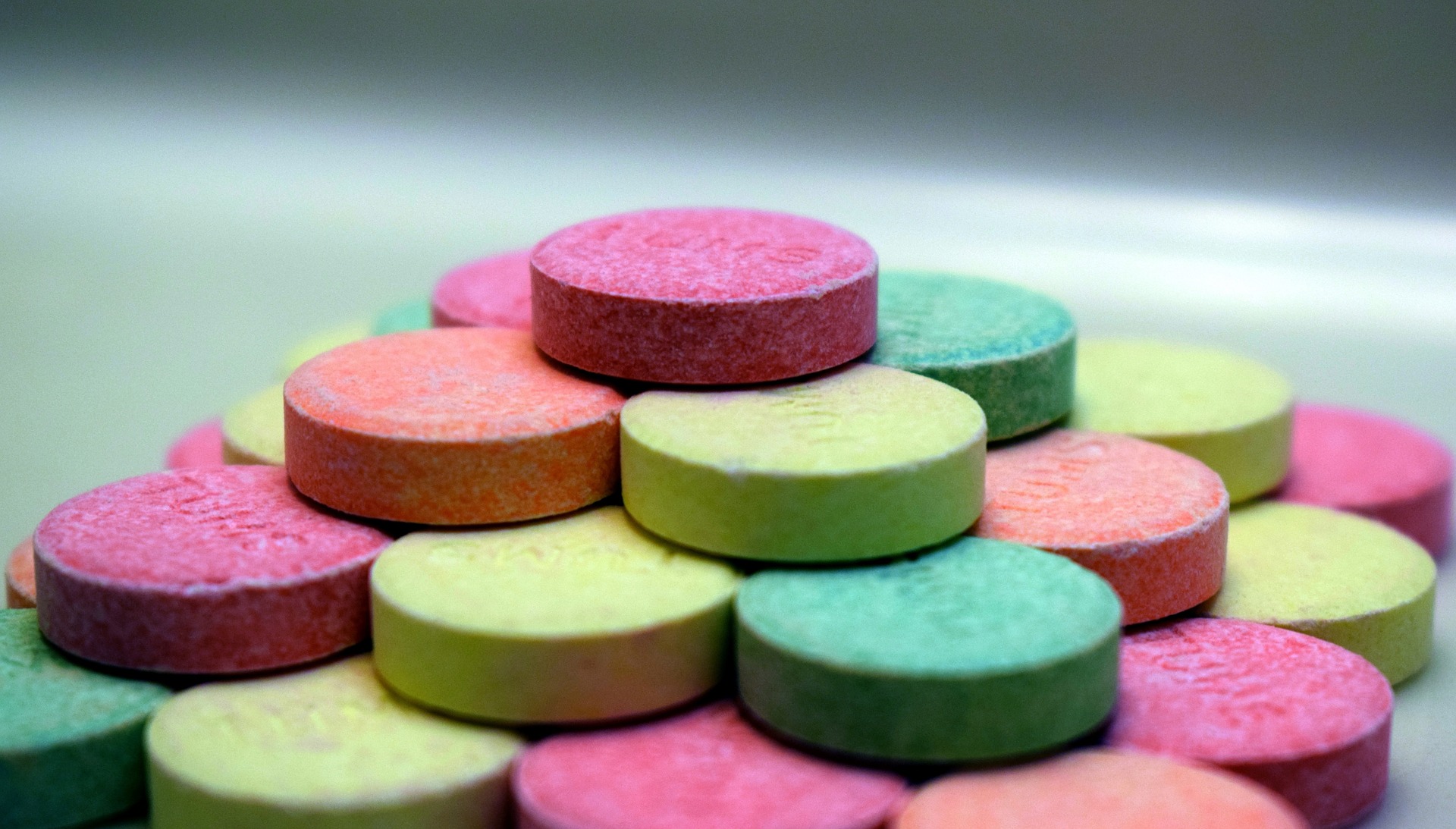Chewable or regular aspirin: what is the difference?
Taking aspirin helps young and old treat cold symptoms, fever, and pain. Due to psychological or physical problems, over half of the population has trouble swallowing a tablet. This is why chewable tablets are used as an alternative, easy-to-eat dosage form. But is there any relevant difference between the two, apart from how they are administered?

Chewable tablets fasten the absorption rate of drug
Chewable and conventional tablets have different excipients in the formulation. Although these additive materials do not have medical properties, parameters like hardness, friability, weight, disintegration time, and dissolution depend on the choice of the excipient. For example, disintegrants, which facilitate breaking down the tablet upon contact with water in the gastrointestinal tract, are not added in chewable forms. This is because chewable tablets are quickly broken down in the mouth before swallowing. By bypassing the disintegration step, your body can process the tablet faster and speed up its absorption into the blood. Conventional tablets, on the other hand, do have this specific disintegrant added that helps break down the tablet in the gastrointestinal tract so that the medical ingredients can enter the bloodstream. Flavoring and sweetening agents are used as excipients in chewable tablets to mask a bitter taste and improve ease of ingestion for some patients.
How are aspirin tablets made and tested?
Whether chewable or conventional, aspirin tablets are prepared by, for example, wet granulation in tablet manufacturing, where powder particles are bound together using liquid solutions to achieve particle enlargement. When a liquid, usually water or other solvents, is added to the powder, the particles start to adhere together to form granules. By adding more granulating fluid, the granules collide with other powder particles and increase in size. After the aspirin tablets are made, they must pass quality tests such as hardness and friability. Compared to conventional tablets, chewable tablets have less mechanical strength because they should not be hard to chew (less than 12 KP), but they must be able to withstand packaging and shipping. Due to the lower hardness, the friability value in chewable tablets is 1 percent or less, while in conventional tablets, it can be as high as 4 percent. Check out the high-shear mixer granulator, which helps to achieve uniform particle size distribution during the wet granulation process.
